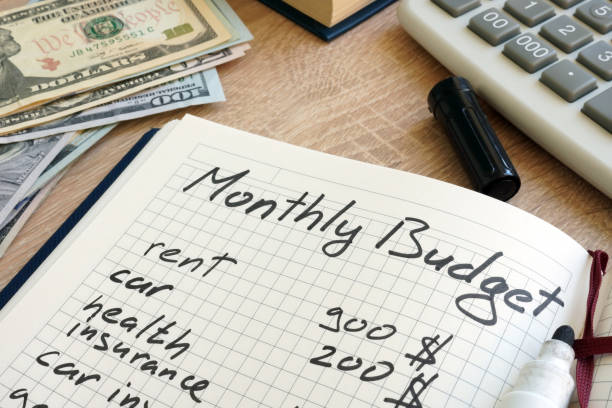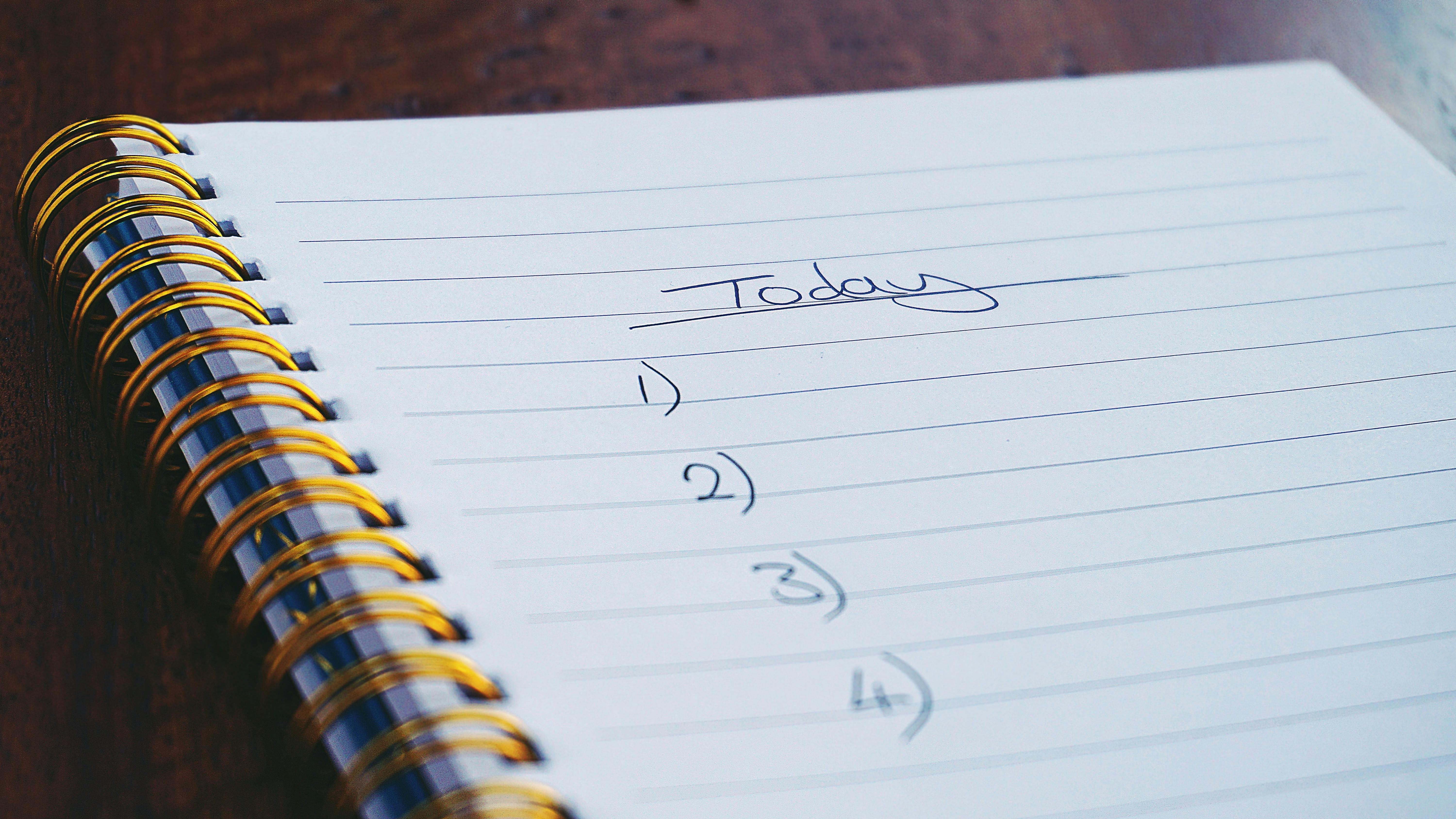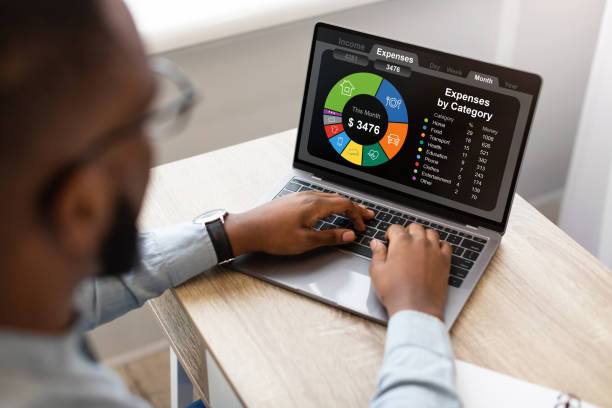Creating a personal budget is the cornerstone of financial stability and success. Yet, it's a task many people find daunting or even avoid altogether.
But fear not! With the right approach, crafting a budget can be straightforward and empowering.
Let's walk through the steps together to create a personalized budget that suits your lifestyle and financial goals.
- Assess Your Income:Start by calculating your total monthly income. This includes your salary, wages, freelance earnings, and any other sources of income. If your income fluctuates, take an average over the past few months to get a realistic estimate.
- List Your Expenses:Next, make a list of all your monthly expenses. Be thorough and include everything from fixed expenses like rent/mortgage, utilities, and insurance to variable expenses like groceries, transportation, entertainment, and debt payments. Don't forget irregular expenses like yearly subscriptions or car maintenance; estimate their monthly cost and divide by 12.
- Categorize Your Expenses:Organize your expenses into categories to get a clear picture of where your money is going. Common categories include housing, transportation, groceries, utilities, debt payments, savings, and discretionary spending (entertainment, dining out, etc.). This will help you identify areas where you can cut back if needed.
- Differentiate Between Needs and Wants:Review each expense and determine whether it's a need or a want. Needs are essential for survival and maintaining your lifestyle, while wants are optional. This distinction will guide you in prioritizing your spending and making adjustments to align with your financial goals.
- Set Financial Goals:Define your short-term and long-term financial goals. Whether it's building an emergency fund, paying off debt, saving for a vacation, or investing for retirement, having clear goals will motivate you to stick to your budget. Assign a specific timeline and monetary target to each goal to make them actionable.
- Allocate Your Income:Now comes the fun part—allocating your income to cover your expenses and achieve your financial goals. Start by covering your needs (housing, utilities, groceries, etc.) and debt payments. Then, allocate money towards your savings goals and discretionary spending categories. Be realistic and flexible, adjusting as needed to ensure your budget is sustainable and achievable.
- Track Your Spending:Once your budget is in place, track your spending diligently. Use a budgeting app, spreadsheet, or pen and paper—whatever works best for you. Regularly review your spending against your budget to identify any discrepancies or areas where you're overspending. This will help you stay accountable and make adjustments as necessary.
- Review and Adjust Regularly:Your budget is not set in stone; it's a flexible tool that should evolve with your financial situation and priorities. Regularly review your budget—ideally monthly—to assess your progress towards your goals and make any necessary adjustments. Life changes, unexpected expenses arise, and priorities shift; your budget should reflect these changes accordingly.
Creating a personal budget doesn't have to be overwhelming.
By following these steps and tailoring them to your individual circumstances, you can take control of your finances and work towards a brighter financial future.
Remember, the key to budgeting success is consistency, flexibility, and a clear vision of your financial goals. Start today and reap the rewards of financial empowerment and peace of mind.




